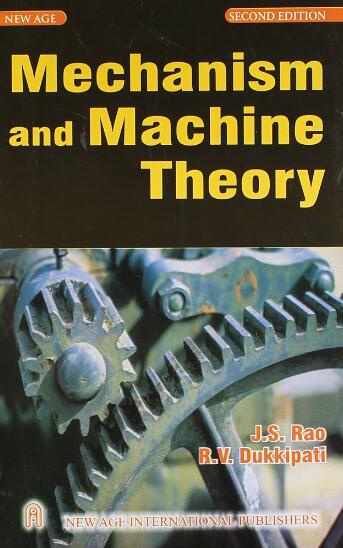A wearable robot for lower limb fracture reduction and rehabilitation: Design and experimental verification
IF 4.5
1区 工程技术
Q1 ENGINEERING, MECHANICAL
引用次数: 0
Abstract
Most current orthopedic robots focused on fracture reduction surgery with limited involvement in postoperative rehabilitation training. However, post-surgical orthopedic rehabilitation training directly impacts the recovery of mobility, ambulation, and limb function in patients. Here, we propose a six degree-of-freedom (DoF) parallel robot that can perform fracture reduction surgery as well as postoperative rehabilitation training for lower limb. The actuation system is switchable to reduce the weight in fixed status and reuse the actuation units for lowering treatment costs. An optimal parameter design based on multi-objective optimization is presented for maintaining lightweight and high stiffness. The wearable robot has a 1.7 kg weight in electric mode and 1.3 kg in manual mode, with >80 kg payload. A hierarchical control strategy with three control modes is developed to meet the requirements of different stages of fracture treatment. Our preliminary experiments on bone models demonstrated the potential effectiveness of the proposed wearable robot for lower limb fracture reduction and rehabilitation training.
用于下肢骨折复位和康复的可穿戴机器人:设计与实验验证
目前的矫形机器人大多侧重于骨折复位手术,对术后康复训练的参与有限。然而,手术后的骨科康复训练直接影响着患者的移动、行走和肢体功能的恢复。在此,我们提出了一种六自由度(DoF)并联机器人,它既能进行骨折复位手术,也能进行下肢术后康复训练。执行系统是可切换的,以减轻固定状态下的重量,并重复使用执行单元以降低治疗成本。基于多目标优化的最佳参数设计可保持轻质和高刚度。可穿戴机器人在电动模式下重量为 1.7 千克,在手动模式下重量为 1.3 千克,有效载荷为 80 千克。我们开发了一种具有三种控制模式的分层控制策略,以满足骨折治疗不同阶段的要求。我们在骨骼模型上进行的初步实验表明,所提出的可穿戴机器人在下肢骨折复位和康复训练方面具有潜在的有效性。
本文章由计算机程序翻译,如有差异,请以英文原文为准。
求助全文
约1分钟内获得全文
求助全文
来源期刊

Mechanism and Machine Theory
工程技术-工程:机械
CiteScore
9.90
自引率
23.10%
发文量
450
审稿时长
20 days
期刊介绍:
Mechanism and Machine Theory provides a medium of communication between engineers and scientists engaged in research and development within the fields of knowledge embraced by IFToMM, the International Federation for the Promotion of Mechanism and Machine Science, therefore affiliated with IFToMM as its official research journal.
The main topics are:
Design Theory and Methodology;
Haptics and Human-Machine-Interfaces;
Robotics, Mechatronics and Micro-Machines;
Mechanisms, Mechanical Transmissions and Machines;
Kinematics, Dynamics, and Control of Mechanical Systems;
Applications to Bioengineering and Molecular Chemistry
 求助内容:
求助内容: 应助结果提醒方式:
应助结果提醒方式:


